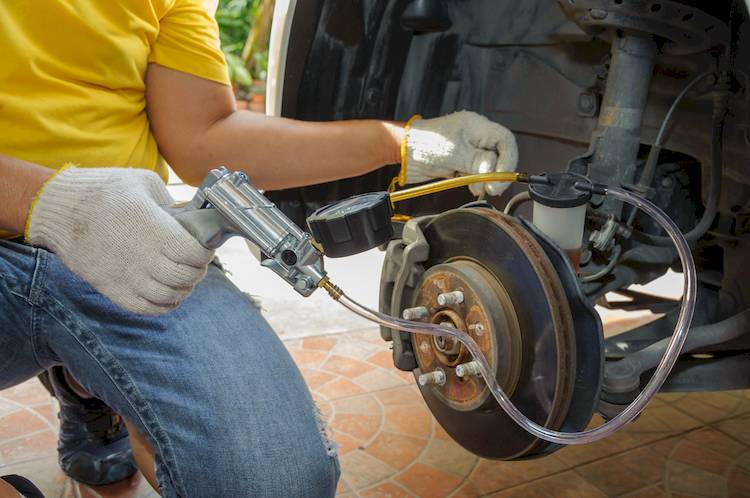

Modern brake systems are far more advanced than they were even a few years ago. Today, most cars come with front disc and rear drum brakes (although many also come with four-wheel disc brakes). In a disc/drum combination system, there are quite a few different parts needed to ensure safe operation. One of these is the proportioning / combination valve.
Your car’s proportioning / combination valve actually does quite a few different things. First, it acts as a metering valve for brake fluid. Second, it works as a pressure differential switch. Finally, it serves as a proportioning valve. The first function is needed to combat the tendency of disc brakes to engage before drum brakes (providing safer, more even stopping).
The pressure differential operation is needed to warn the driver about brake fluid leaks. If the pressure drops below a certain point, the valve’s piston is pushed off center, and the Brake Light on the dash is turned on.
As a proportioning valve, it helps to reduce the amount of fluid pressure sent to the rear brakes. Drum brakes require less pressure to operate, and if the same amount of pressure is applied to both the front and rear, it could result in the drums locking up.
The proportioning / combination valve is in use every single time you press the brake pedal, and it’s also active when the ignition is on even if you’re not pressing the pedal (certain aspects, such as the pressure differential operation). This means there’s a great deal of wear and tear on the component. In theory, a proportioning / combination valve might last the life of your vehicle, but they generally don’t.
If the valve fails, you may notice any number of potential problems. Knowing the signs and symptoms to watch for that might indicate excessive wear on the valve is important. They include:
- Brake Light on in the dash
- Rear drum brakes lock up easily
- Excessive wear on front pads
- The front of the car dives down when braking
- Brake pedal feels soft or spongy
If you’re experienced any of these symptoms, a certified mechanic can help inspect and replace the proportioning / combination valve, as well as any other parts, if necessary.



